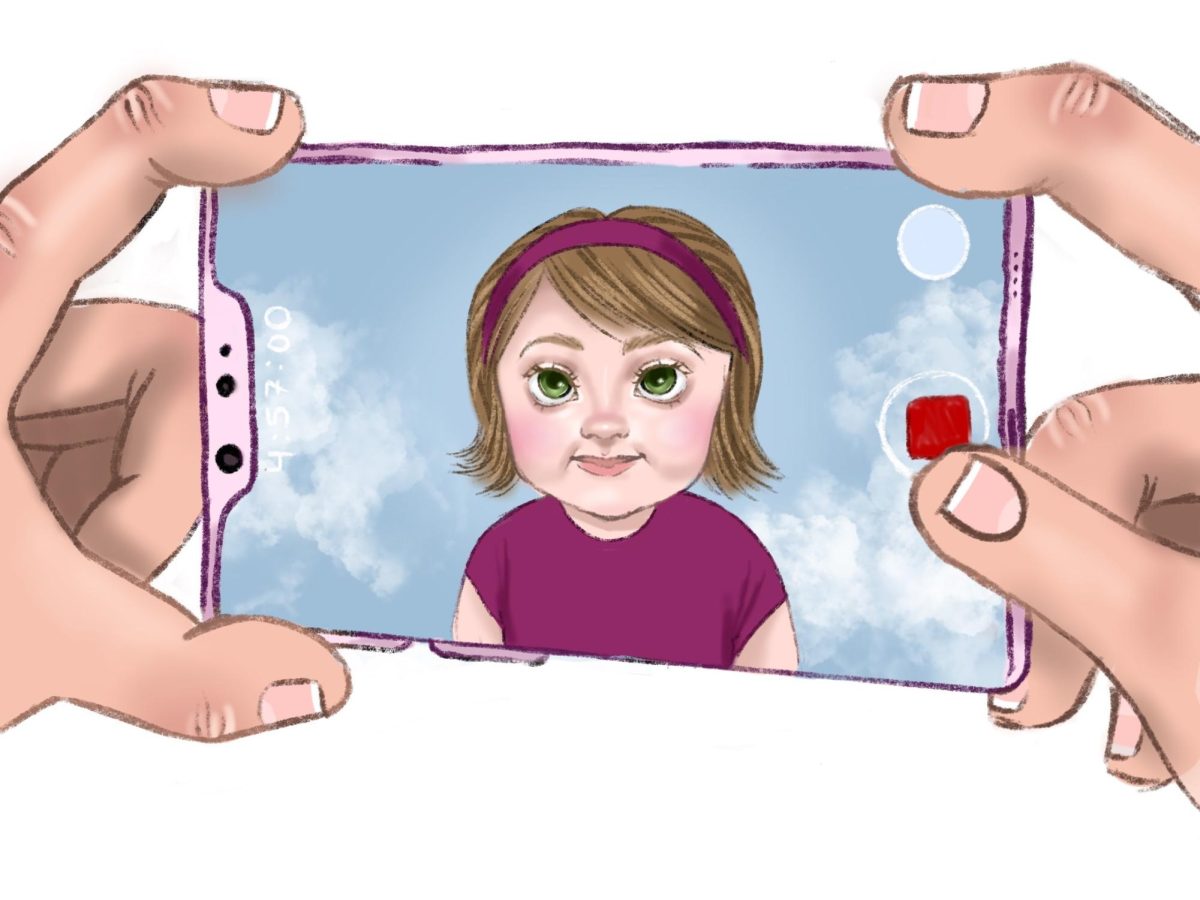There was a time when buildings told stories.
Cathedrals soared with spires that kissed the heavens, their stained glass whispering tales of de-
votion and artistry. City halls, theaters, and libraries stood proud as monuments of identity, expressions of cultural
heritage and pride adorned with carvings, columns, and frescoes remembering the people who built them.
But at some point in history, we traded these vibrant spaces for glass cages.
Now, buildings no longer sing; they hum dully in monotone. Corporate high-rises and sterile complexes dominate the landscape, stripping our cities and communities of culture, beauty, and individuality. What once was a celebration has become a compromise–a sacrifice of identity and aesthetics in the name of cost-efficiency, mass production, and the pressures of urban growth.
The shift to modern-day architecture was largely motivated by economic necessity, as a response to housing shortages and economic constraints in the early 20th Century, according to the Eskenazi Museum of Art at Indiana University. However, it was not solely about cost. Architects like Mies van der Rohe championed the idea of “function over form,” a philosophical shift that. prioritized simplicity and utility over ornamentation, according to ArchDaily. This focus on function and practicality overshadowed the desire for intricate, personalized spaces, leading to a loss of architectural diversity and richness.
Architecture, to me, is an art medium that has the power to elevate, inspire, and connect us to our roots, which has now been reduced to glass boxes and beige walls functional, yes, but devoid of the detail that makes us feel.
While efficiency and functionality matter, beauty and identity are just as, if not more, important. Our physical environment, such as our houses, workplace, and community, all greatly impacts our overall quality of life, according to the Copernicus Health Hub.
“[People’s] connection to the natural and built environment can shape our personal identity, cultural heritage, and a sense of belonging to a particular community or landscape,” according to the Copernicus Health Hub. “Having a positive relationship with the environment and a sense of attachment to our surroundings can enhance well-being and contribute to a sense of purpose and fulfillment.”
Modern architecture often feels placeless and interchangeable. A glass skyscraper in Chicago may look the same as one in Dubai or Singapore, despite being continents apart. These structures strip cities of their individuality.
When I am surrounded by spaces that lack warmth, personal connection, or identity, I start to feel unmoored and disconnected from my environment and, by extension, from myself. Efficiency matters, but when it comes at the expense of identity and emotion, we risk designing a world where people don’t feel like they belong.
At South, though we may not often think about it, the spaces we inhabit our classrooms, libraries, even the cafeteria shape how we feel and interact. I’ve noticed that in classrooms with windows, where natural light fills the space, it’s easier to focus and stay engaged, while windowless rooms often feel isolating and draining, making concentration more difficult. The way a space is
designed, through access to natural light, open areas that encourage movement, or intentional design choices, all influence how we engage with our surroundings. By valuing these elements and advocating for thoughtful design, we can help create an environment that feels more connected, inspiring, and human.
Architecture is not just about aesthetics; it’s about identity.
Modern-day architecture reflects a shift away from the qualities that make us human. However, creating spaces with beauty and individuality is a way we can reconnect with ourselves and the world around us.











